Independent India has not won a medal in athletics at the Olympics. The bitter truth has to be brought into focus every four years, if only to explain how tough it has been for an Indian to win a medal in the sport on the big stage.
Despite the gruesome task that they face at the Olympics, the athletes and the federation invariably exude confidence much of the time on the eve of the Games. They project that a couple of medals could be a possibility or at worst, a few athletes could be in the finals. When the crunch time comes and calculations go wrong, excuses are trotted out.
Hopefully this time the string of stunning national records and the sizeable number of athletes making the Olympic grade should translate itself into, at least, places in finals if not medals.
Four years ago, in London, Vikas Gowda and Krishna Poonia made the finals of the discus throw competition, becoming the first Indian athletes to qualify from the preliminary round in a throwing event. Gowda finished eighth while Poonia was seventh and then upgraded to sixth following a doping disqualification.
For Rio this time, the Indian athletics squad is the largest ever for an Olympics. At 36, originally including two athletes currently under provisional suspension because of doping charges, it beat the 29 that went to the Sydney Games in 2000.
India will be competing in 19 of the 47 events in Rio, including 10 women’s events. (Excluding events for the two provisionally suspended athletes, sprinter Dharambir Singh and shot putter Inderjeet Singh).
Sydney, where all the four relay teams went, proved to be a disaster, with none except 400m runner K. M. Beenamol crossing the first round. Most of the athletes fell short of their ‘home feats’ by huge margins. The reasons for the slump were never probed.
Once again, there is talk of Indian athletes claiming a few medals. The Sports Authority of India (SAI) and the Athletics Federation of India (AFI) have painted a bright picture, with particular emphasis on the 4x400m relays.
“There will be many Indian athletes making it to the finals”, AFI chief Adille Sumariwalla told The Hindu after the Olympic qualification phase ended.
Olympian and India’s lone medallist at the World Championships, long jumper Anju George, also endorsed the AFI chief’s views about “several Indian athletes” making the final. Going by past experience and the current erratic form, all these forecasts, however, look to be an exaggerated expression about the ‘healthy’ state of Indian athletics.
Though no effort had been spared in funding or in making available ‘ideal conditions’ at Spala in Poland, or Erzurum in Turkey, especially for the relay teams, the fact remained that the Government brought back dope-tainted sacked Ukrainian coach Yuriy Ogorodnik, and persisted with him even against its own diktats. The position got aggravated following the dope positives returned by Inderjeet and Dharambir.
The credibility of achievements in Poland, Turkey and Kazakhstan will come into question if the athletes do not come up to expectations in Rio. Without having shown any great improvement in the year 2015, barring that by shot putter Inderjeet Singh (now under provisional suspension for doping) and steeplechaser Lalita Babar, who made the final of the World Championships in Beijing, Indian athletics could not have been expected to reach world standards in 2016.
But it did. That is where this new-found optimism stems from. And that is precisely why there are misgivings about the latest performances that comfortably beat the tough qualification standards. So, what could be India’s chances at athletics in Rio begins on 12 Aug?
Let’s first look at the prospects of Vikas Gowda, who was mentioned by the SAI as a likely candidate for a medal in discus throw. Undoubtedly, Gowda is the most experienced among the Indian athletes, having competed in the last three Olympics.
However, he has not competed in an international meet this season. The AFI stated that he was nursing a shoulder injury. In the only local-level competition that he had reportedly competed, he threw 62m-plus. The national selectors have not had the opportunity to assess his competition fitness.
Twenty-eight discus throwers have reached 65.50 or more this season. The pre-games form could invariably be misleading if that could be of some comfort. Gowda’s best last season, of 65.14m, earned him a qualification spot after the IAAF reduced the mark from the original 66.00m to 65.00m.
Among the qualifiers, Gowda’s 65.14 ranks 31st out of 33. It is difficult to imagine the 33-year-old US-based Mysorean pulling off a medal in what may well be his last Olympics. His best in Olympics had come last time with an eighth place (64.79m). He threw 65.20 in the preliminary round in London, the farthest he had thrown in a global championship.
At the last World Championships in 2015, Gowda came ninth with 62.24m. Poland’s Piotr Malachowski, who is leading the current season with 68.15m, was the gold medal winner in Beijing. Olympic champion Robert Harting of Germany, who missed last season due to a serious injury, is back and had a 68.06m to occupy the third place in the season lists. Harting’s younger brother Christoph (68.04) and Jamaican Fredrick Dacres (68.02) are the other 68-plus throwers.
Even the most knowledgeable among the athletics circles have started believing that the Indian men’s 4x400m relay team stands a chance for a medal in Rio. In fact the medal forecasts had started doing the rounds even before the team had qualified. In the event, the time of 3:00:91 that the team clocked in Hyderabad ranked second in the world leading to further talk that a medal was on the cards.
But at least two experienced coaches, who did not wish to be identified, however, told this correspondent that the team might not make the final, given the fact that almost every runner had shown extra-ordinary improvement in the run-up to the Hyderabad event and maintaining that level of form would be very difficult.
That analysis should also hold true if we take note of the fact that the Indian team is ranked only 12th best among the qualifiers in terms of timings achieved last year and this year. It is 14th in the ranking list with the top eight from the World Relays last year being automatic qualifiers.
Three of the top four teams in the 2015 World Championships (USA, Trinidad and Tobago and Jamaica) haven’t competed this season as national teams. The defending Olympic champion, The Bahamas, haven’t run a race yet this season. All these teams are capable of clocking between 2:57 and 2:58.
If the Indian team has to scotch speculations about the genuineness of its performance in Hyderabad it has to clock below 3:00.91 or close to it. The national mark was returned by the foursome of Kunhu muhammed, Muhammed Anas, A. Dharun and Arokia Rajiv to clinch India’s berth in the men’s relay in the Olympics. Sumariwalla said he expected the team to crack three minutes.
Two athletes with a good chance of making the finals on the strength of their Olympic-qualifying performance will be long jumper Ankit Sharma and triple jumper Renjith Maheswary. Sharma came up with a stunning series in Almaty on 26 June in which he had three attempts over eight metres, the best being 8.19m. For a man who had previously touched eight metres only once (8.04m in the National Games in February 2015), this was a remarkable transformation.
Sharma did not compete again in India, but he did in Almaty on July 4 ending with a modest 7.76m. In the less-publicized meet rains were apparently blamed for Sharma’s below-par show. “Such a fall in performance, even allowing for the rain, is inexplicable”, said a senior coach.
The world long jumping standards have plummeted in recent years. Closer to eight metres might yet be needed to make the final. Sharma has his task cut out on the opening day of the athletics action on Aug 12.
Renjith Maheswary jumped 17.30m in Bengaluru just as the qualification deadline was about to end, to book his place for Rio. It happened to be the third best jump of the season behind Olympic champion Christian Taylor and silver medallist of last time Will Clay, both of the US.
Understandably there was excitement in the athletics circles. Renjith was elated and explained to the media that he had been hovering around such marks recently. Not many, however, could readily accept that this was a natural progression. He had touched 16.43m in Bangkok a week earlier and his season had seen 16.35m and 16.47m in April and 16.56m in Hyderabad in June.
If Renjith can reproduce the Bengaluru touch he will not only make the final but also possibly win a medal. He was confident before going that he was in shape to finish on the podium. A coach familiar with horizontal jumps also opined that it was time for people to forget the past and look at the new-found capability of Renjith or for that matter Ankit Sharma.
One look at Renjith’s championship performance may however prove a dampener. In the last Olympics, the Kerala jumper could not manage a valid jump in the qualification round which happened to be a repeat of his 2011 World Championships show. In the 2013 World Championships he did better with 16.63 before going out, but in the Asian Games last year he was down to ninth with 15.67. The glaring inconsistency has been baffling, to say the least.
Much will depend on how successful the training programme has been and whether the athletes had been prepared to peak in Rio rather than at home in an attempt to gain qualification. “They-peaked-too-early” is a worn-out assessment that is quite often trotted out by experts when things go wrong.


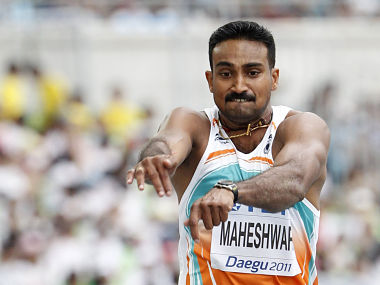)




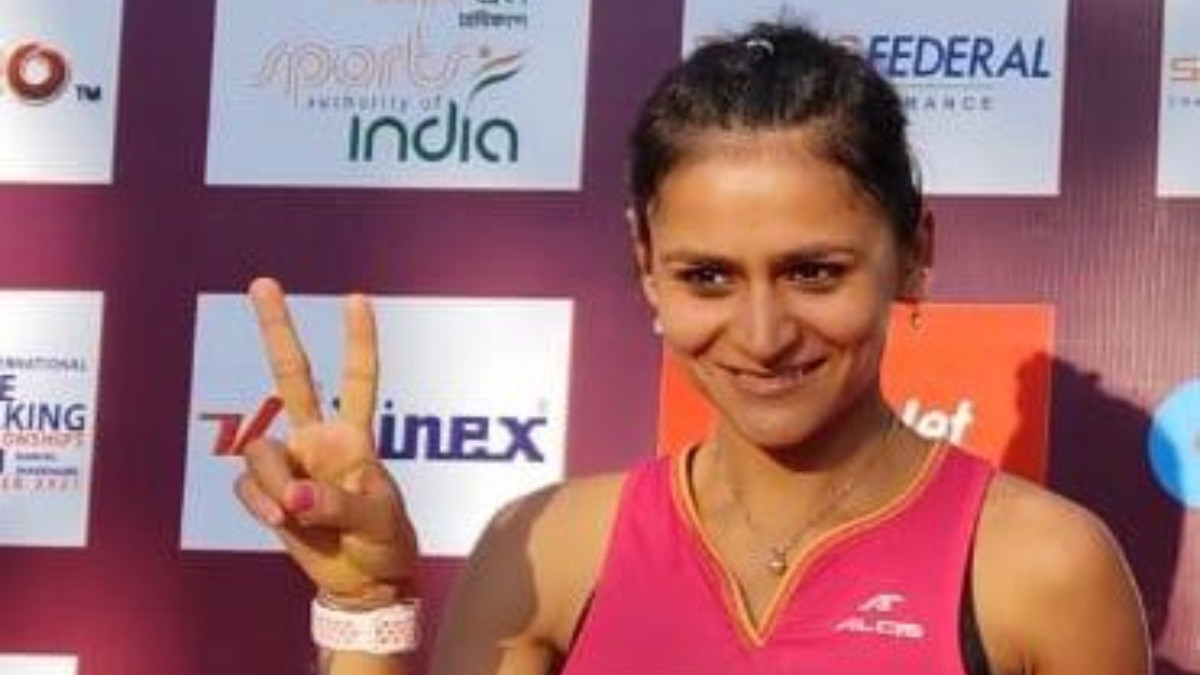)
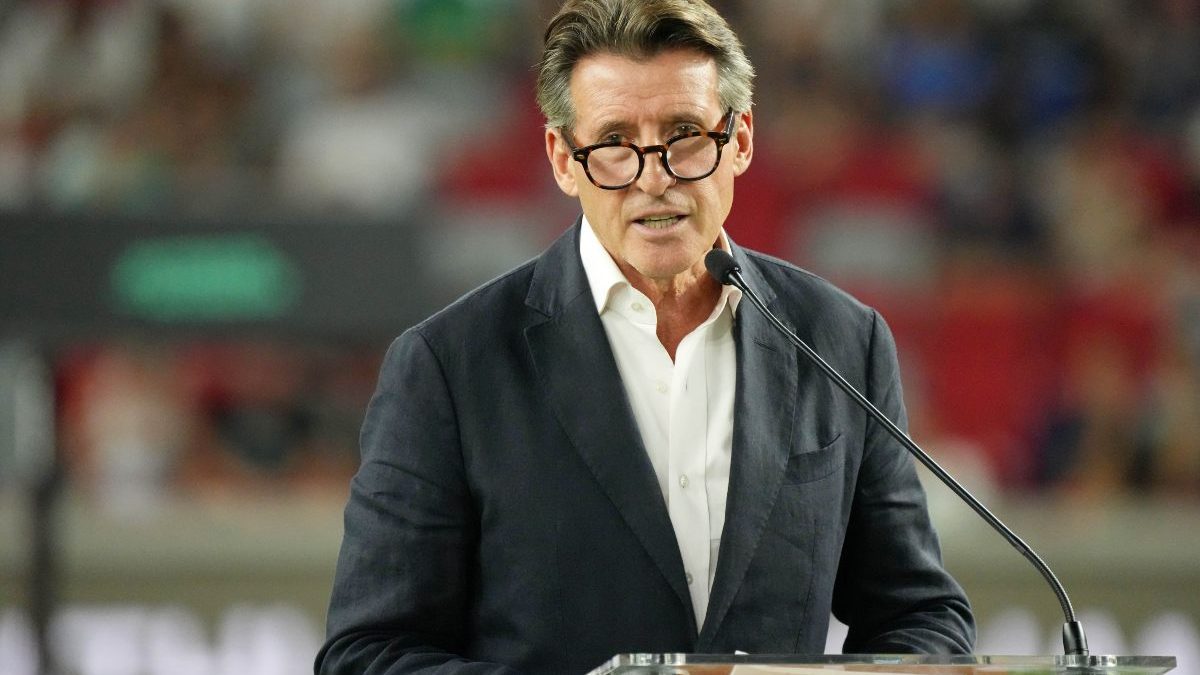)
)
)
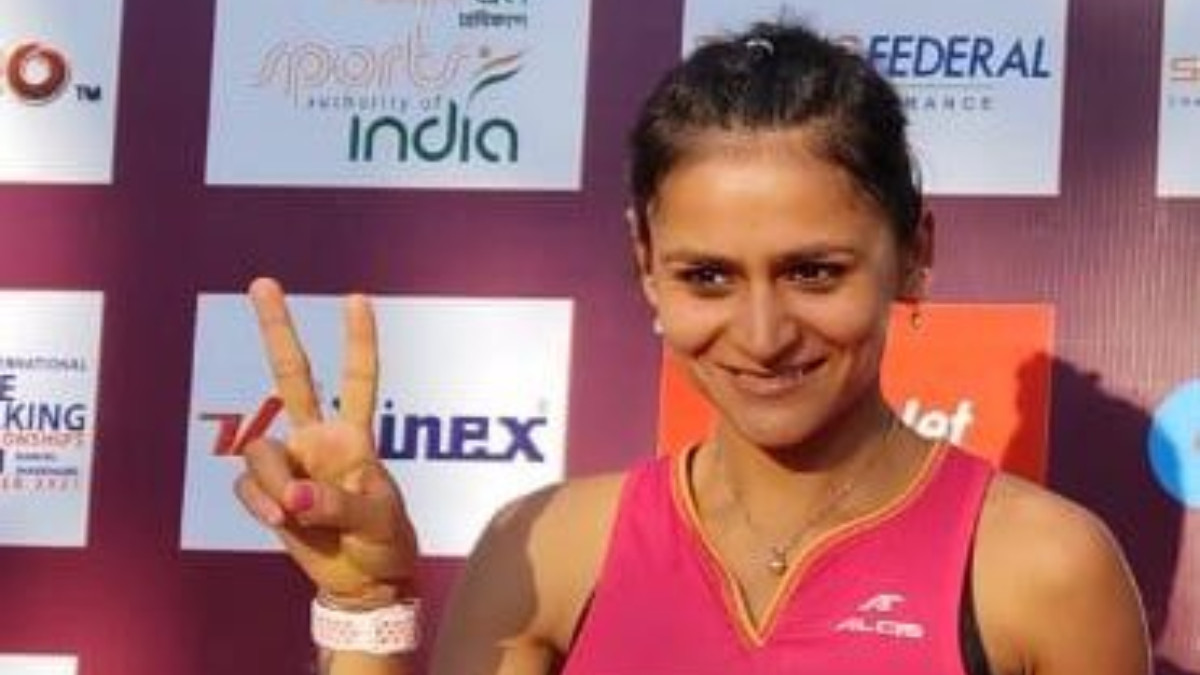)
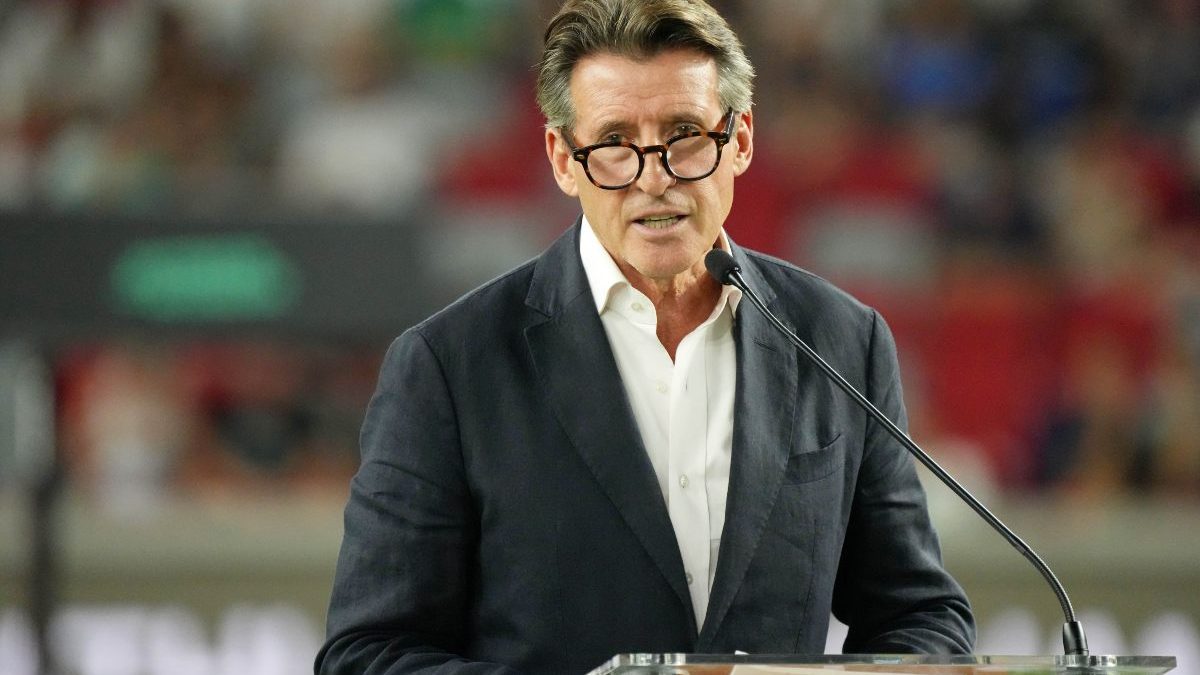)
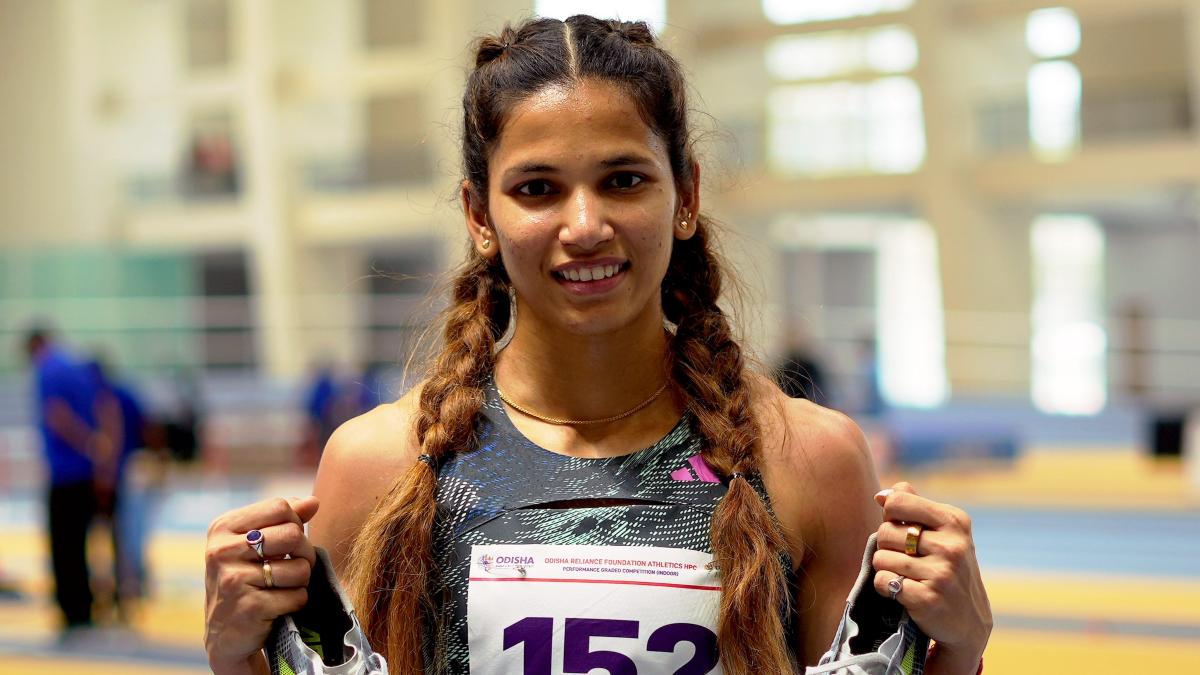)
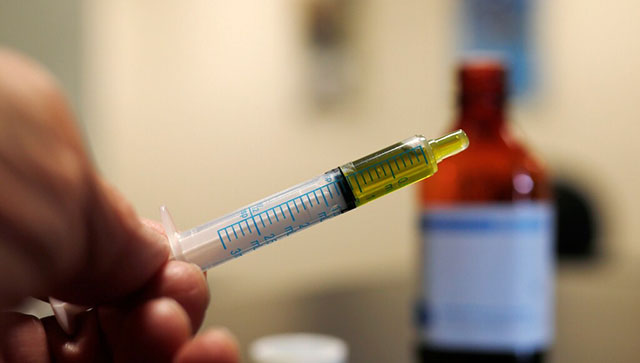)